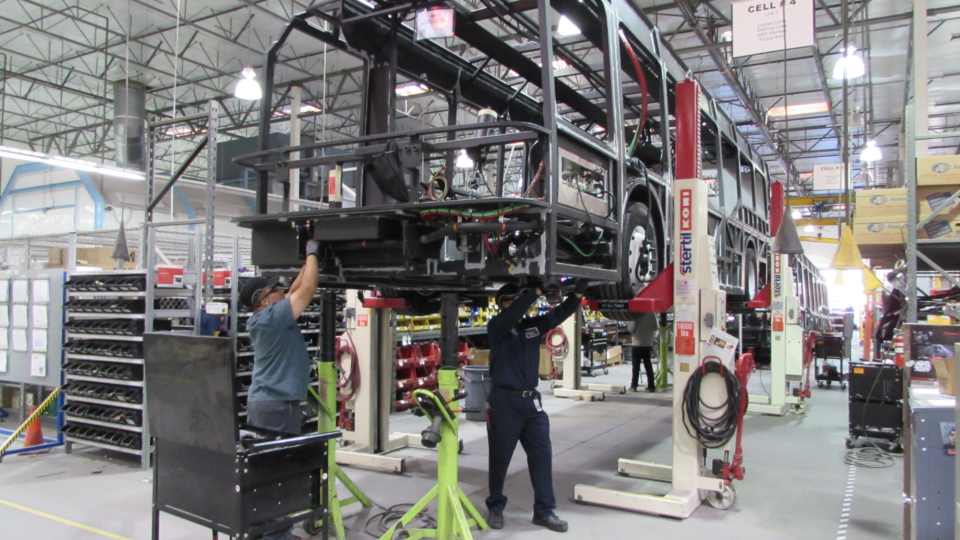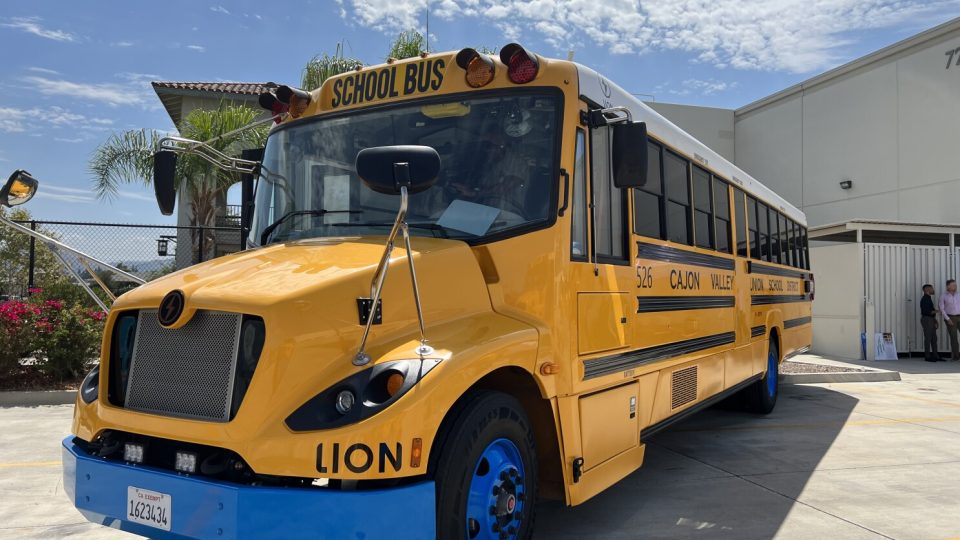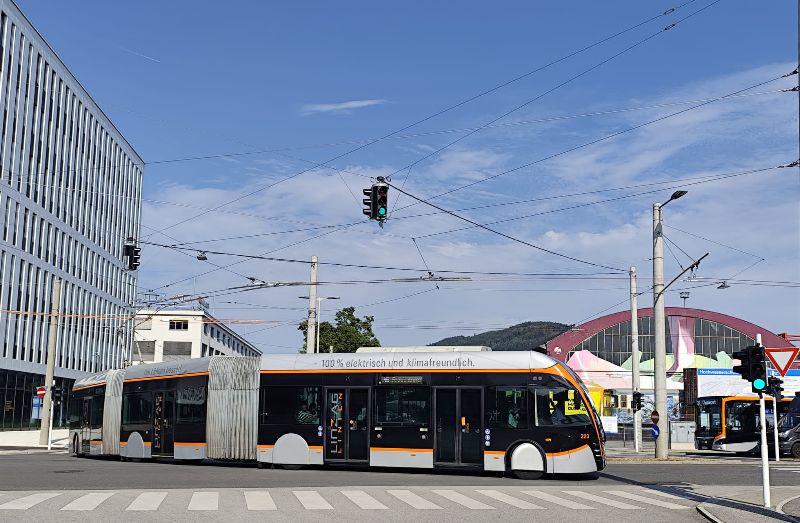A test track in Italy for wireless charging from the road pavement. ABB and Iveco among partners
Brebemi’s Arena of the Future project kicks off. A circuit of about 1 km where electric vehicles can charge their batteries while on the move, thanks to a wireless dynamic induction charging system integrated into the roadbed (1MW of installed power strong). Brebemi inaugurated this morning at Villa Mazzotti in Chiari (Brescia) the Arena of […]

Brebemi’s Arena of the Future project kicks off. A circuit of about 1 km where electric vehicles can charge their batteries while on the move, thanks to a wireless dynamic induction charging system integrated into the roadbed (1MW of installed power strong).
Brebemi inaugurated this morning at Villa Mazzotti in Chiari (Brescia) the Arena of the Future, an experimental initiative that sees Iveco and Iveco Bus (an E-Way is the protagonist of the tests) as two industrial partners and ABB and Electreon as the suppliers of the charging technology, launched on this occasion. Stellantis, Mapei, Anas, University of Parma, and Politecnico di Milano (Professor Dario Zaninelli was among the speakers) the other project partners.

Brebemi Arena of the Future: recharge by traveling
The technology implemented for the first time in the Brebemi Future Arena, called, Wireless Power Transfer, results in a loop positioned under the asphalt that transmits electrical energy to a capturing loop positioned under the vehicle.
The system draws alternating current from the grid and converts it to direct current at a transformer substation. Thus, at 600V, it is channeled under the roadbed. Where, again, in dedicated sections, management units transform it to 86 kHz AC. The ‘format’ by which it is picked up by the vehicle loop.

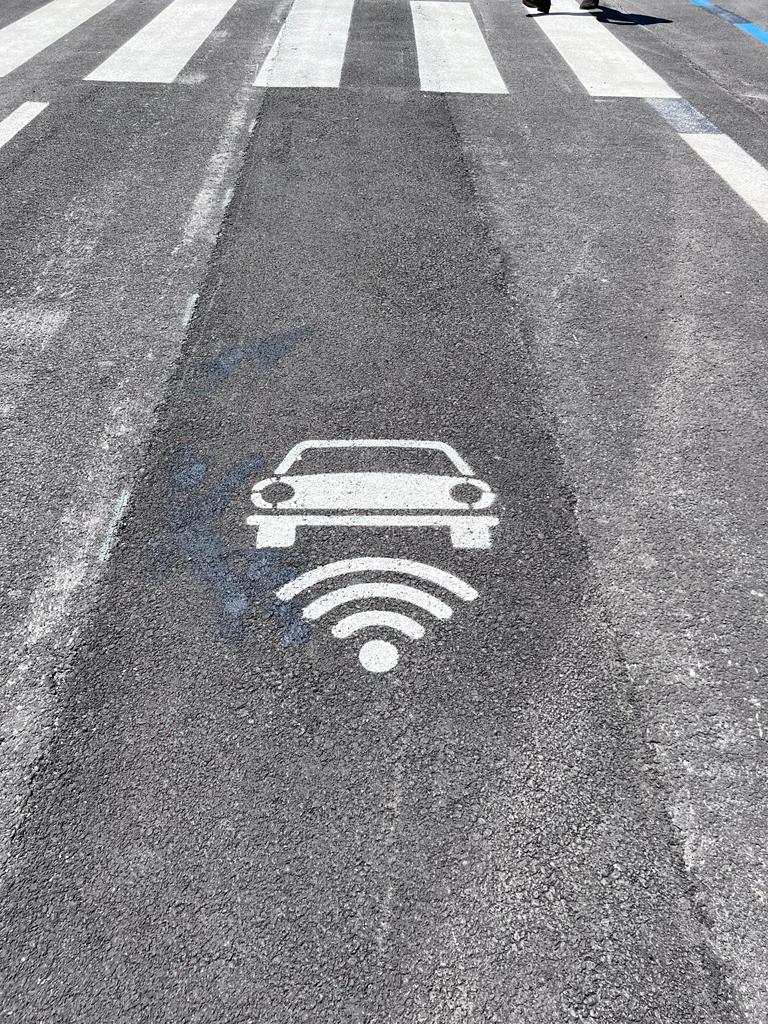
Costs? “Between 1.5 million and 1.2 million euros per kilometer assuming a typical 4-kilometer section,” according to data provided by Brebemi technical and operations director Giuseppe Mastroviti during the conference, which opened with a message from Prime Minister Mario Draghi and was attended by Minister Mariastella Gelmini.
“DWPT (Dynamic Wireless Power Transfer) technology for wireless charging of electric vehicles while on the move is a cutting-edge solution that gives a concrete answer to one of the problems limiting electric mobility, namely the poor spread of charging infrastructure,” the highlight passage of the premier’s message.

The vehicles tested on the track were a 500e and an Iveco Bus E-Way. The latter, it was pointed out, reached peaks of 76 kW in energy absorption. The tests were conducted on a 1-km asphalt circuit powered by inductive currents, with the bus reaching speeds in excess of 70 km/h. These test conditions are very close to the real thing, which is one of the reasons why “Arena of the Future” is such a unique project.
Francesco Bettoni, president of Brebemi: “The European Parliament has provided dates. That’s the road. Let’s get on with it. Here 13-14 companies, with academia and partners, have found a solution for decarbonization. And we are ready to commercialize this project. We had thought that the pantograph was a viable option, but we changed our minds and embraced another path,” he added.
So the words of Domenico Nucera, President of Iveco Group’s Bus Business Unit: “Our company is more committed than ever to supporting the energy transition, so it was natural for us to collaborate on this project, bringing with us our experience of millions of kilometers driven by hundreds of electric buses in real-world situations. Induction charging technology also has interesting potential for commercial vehicles and could become an effective infrastructure platform for all electric mobility systems, not just purely electric vehicles. We will continue testing in the belief that this technology can effectively contribute to the transition to zero-emission mobility because of the benefits it offers to all users.”
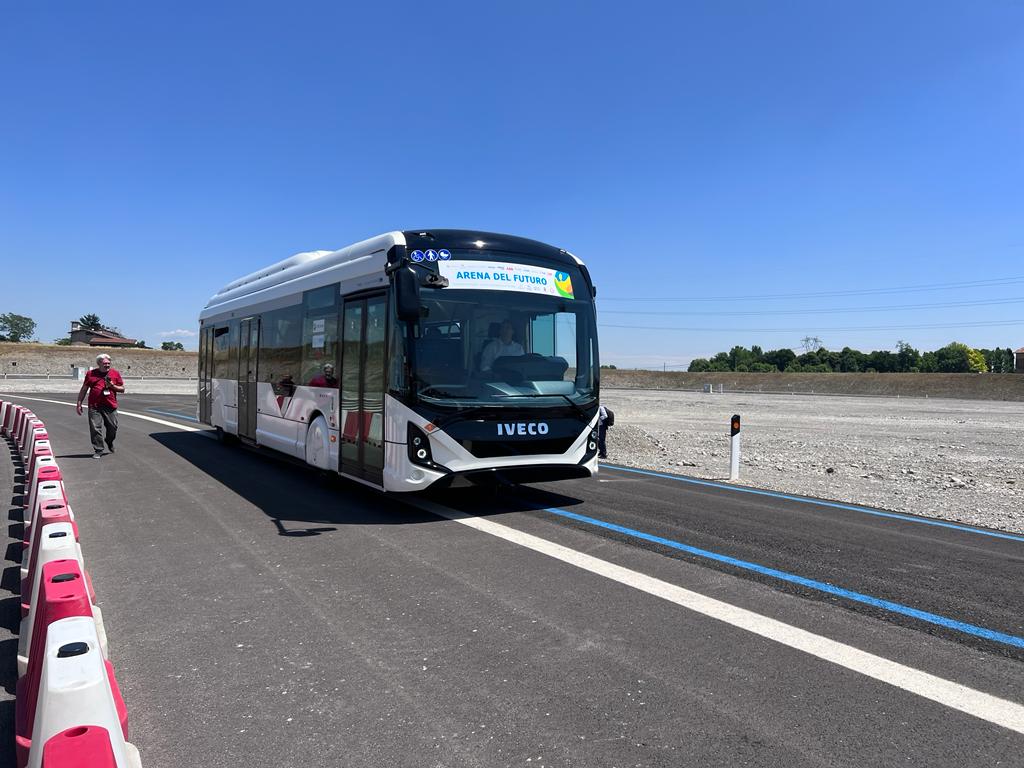
Electreon wireless charging technology in Brescia
Electreon is the provider of wireless charging technology for commercial and passenger EVs. As part of the project, Electreon has integrated its wireless technology in the track.
“This project highlights the extraordinary advantages of Electreon’s wireless charging technology and we look forward to scaling the project to commercialization,” said Oren Ezer, co-founder and CEO, Electreon. “We are proud to help transform electric transportation in Italy and beyond!”




